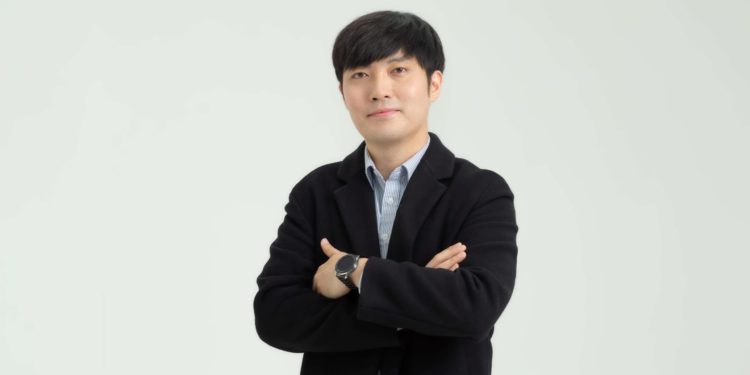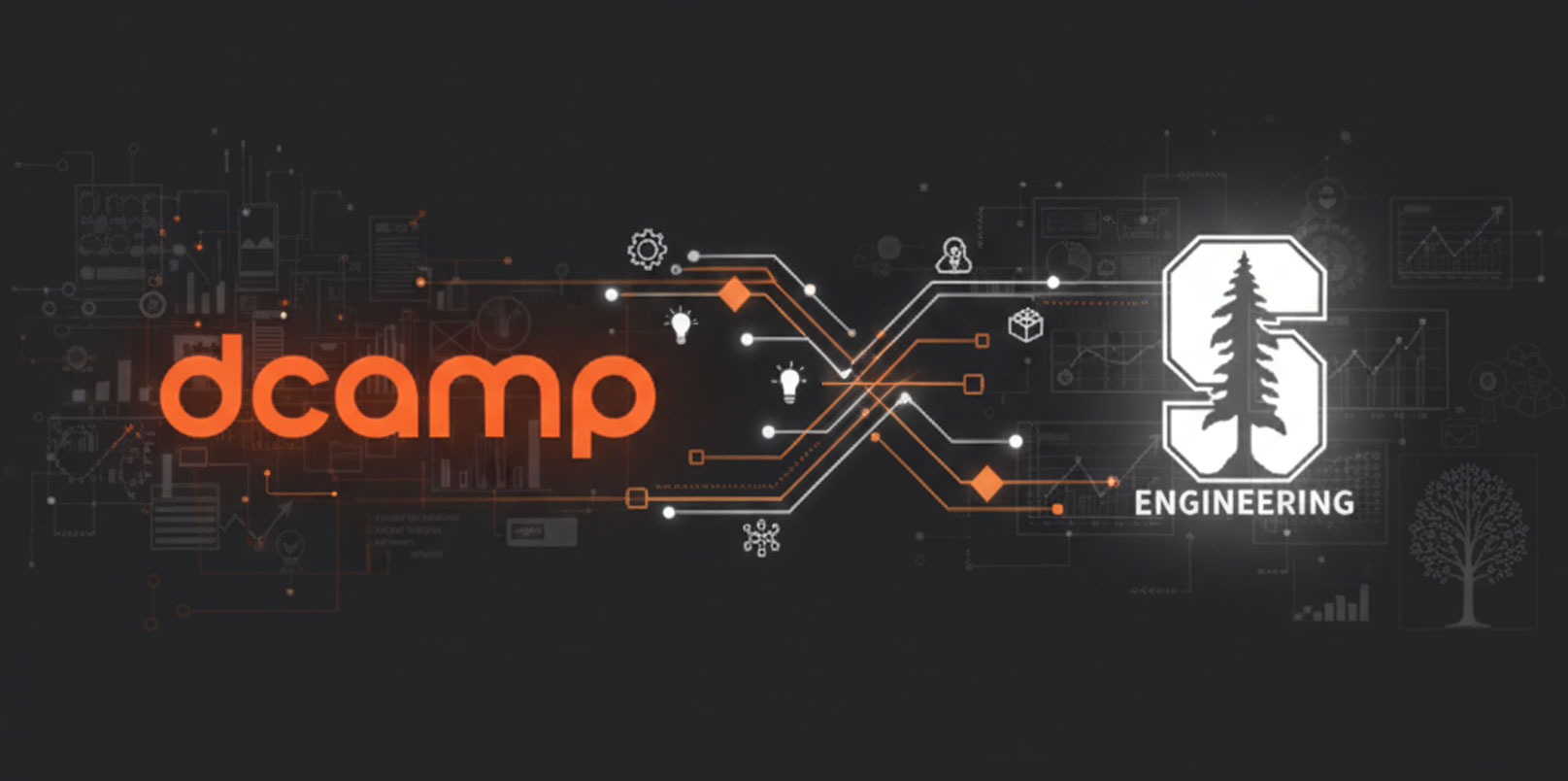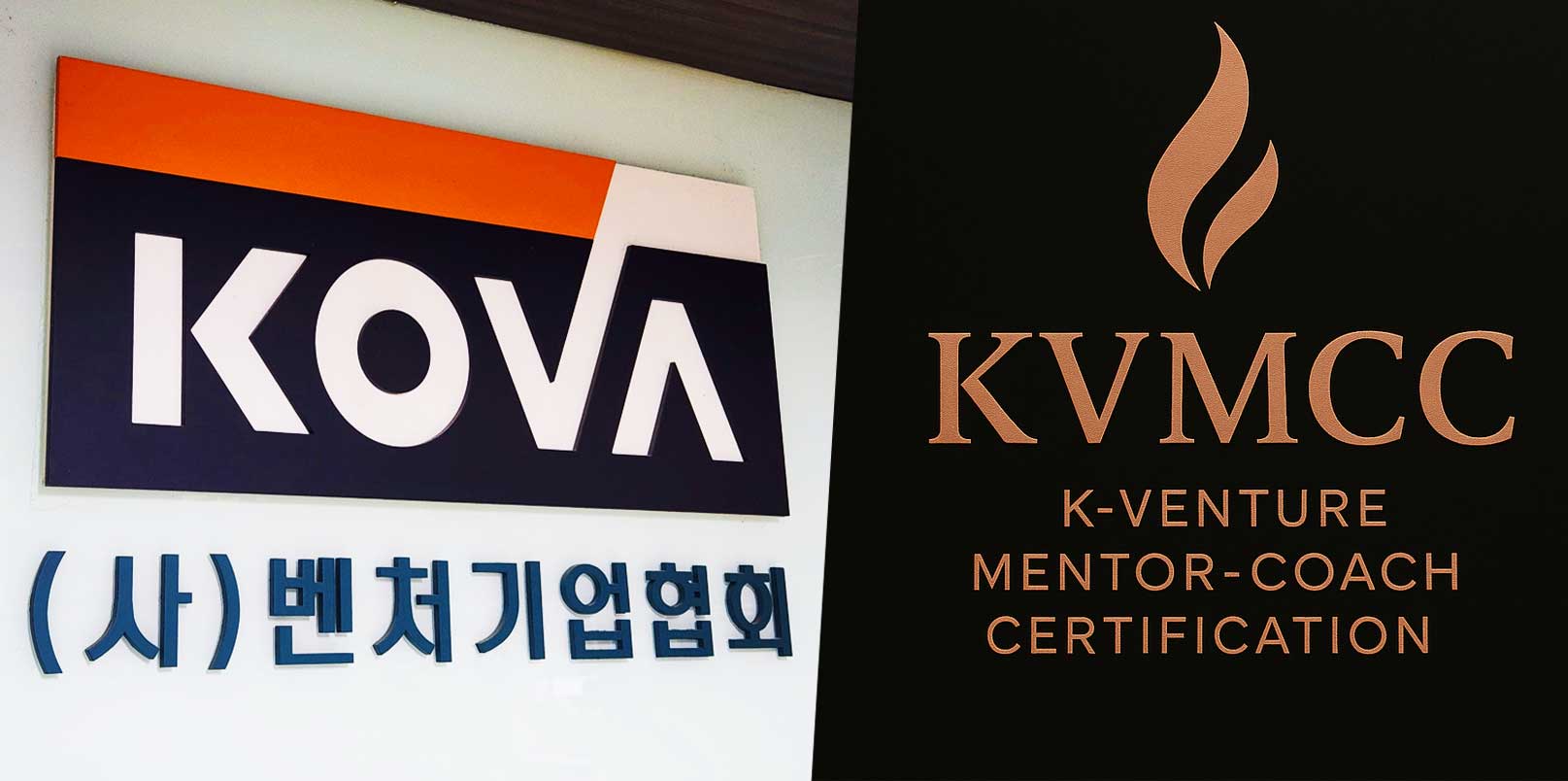The healthcare paradigm is changing course with more patient-centered management over hospital-centered treatment, especially in ‘untact’ times of COVID-19. Korean startup QSTAG Inc.’s CSO Cheong (Lucas) Shin and CEO Lee Dong-hoon decided to launch a company that will support the changing paradigm of patient-centered healthcare with its product QSCHECK-UIS.
The smart Urine Tester can easily do tests at home and monitor the users’ health parameters, helping them take appropriate healthcare measures saving time and cost.
Cheong Shin, who believes in constant learning and progressing, joined QSTAG Inc. with an aim to serve the world with a better product. He talks to koreatechdesk.com about his experience in the field, the QSTAG products’ journey, the challenges, and the future.
1. Please tell me about your background and what motivated you to get started with your company?
I am in charge of global business development as CSO for QSTAG Inc. I was interested in the healthcare startup business. After completing my master’s degree with a major in biosensor-related research for bacterial infection diagnosis, I started working at QSTAG to gain more experience with startups. Lee Dong-hoon, CEO of QSTAG, is a Ph.D. degree holder specializing in electrical and electronic biosensors. We wanted to make products that help people stay healthy and live their everyday lives happily at an affordable price. The company was founded on August 22, 2016, to achieve this goal.
2. What is your current main product, and can you share any previous product pivot story to the current product?
Currently, our main product is QSCHECK-UIS (Smart Urine Tester). With this product, customers can easily do urine tests at home and monitor their health.
The urine tester shows the results of the colorimetric method. However, the user can check the results with naked eyes. Thus, not only is the standard deviation of the results high, it hardly dataize the results. On the other h, and, our product can check the results by a smartphone application, and make the dataized results.
The product consists of two items, a urine cup, and a stick. After collecting urine with the urine cup, you can dip the stick into the urine. You can then get the results by scanning the QR code printed urine stick with a smartphone application. Our product detects 4 biomarkers, including protein, glucose, blood, and ph. These markers indicate abnormalities of the kidney, diabetes, and other diseases.
Prior to the smart urine test, the immunology-based smart disposable diagnostic kit QSCHECK+ was the main product. However, it took a long time to develop, and market, and there was also pressure on funds. Before the development, and market launch of QSCHECK+, it was necessary to develop a pivot product that can quickly enter the market. So, all of the early team members joined forces to brainstorm the pivot, and we were able to plan, and commercialize the current smart urine tester.
With this product, we have secured the time and money to develop advanced products. The R&D of QSCHECK+ has also made a lot of progress, and QSTAG continues to grow as a technology development company.
3. What is the market opportunity for your product?
Everyone wants to be healthy. Recently, the medical paradigm is changing. The previous medical paradigm is hospital centered treatment system. But now, the medical paradigm is patient-centered management and monitoring their health condition.
By this change, many services have been launched for personal healthcare, such as personal genetic services or rapid kits like that. But these services are focused on the prediction of disease. No screening, no monitoring.
So, customers ask, “What’s next? So what?”
It means periodic POCT technology is essential for a patient-centered medical paradigm, for management, and monitoring system.
The 1st generation of POCT technology is used only at hospital such as rapid kit, urine stick, or glucose meter. But 2nd generation POCT technology focus on the personal device for their health condition monitoring. This technology should meet datafication for management, high sensitivity for various target diseases, and disposable at low cost. QSTAG has high technology, and our product, QSCHECK, meets all these requirements.
The market size of point of care testing is almost $17 billion in the Invitro Diagnostics market. Significantly, prevention and monitoring is a high-consumption diagnostic market. In particular, I think that this period, when social distancing is becoming commonplace due to Corona 19, is the right time for QSTAG products for non-face-to-face health management to enter the market.
4. What’s your business model, and how have you grown your revenue? What strategy worked best?
In the B2C Subscription Business model, the target audience is the general population in their 30s and 40s who are interested in health, and marketing is currently being conducted to target women. Customers who are interested in kidney health are also a major target audience. For B2B business with healthcare-related companies (insurance company, pet business, fitness etc.), we have plan to attract new B2C customers.
About 3 months have passed since this product was launched in the Korean market. It is still in its infancy stage, and we are still studying the market by looking at the market situation. Although the sales volume did not increase explosively for three months, it is committed to profiting genuine customers through marketing, , and the market response is also positive. There were also reactions to online mom cafes, etc. saying, “These products were necessary,” and we expect these customer success stories to increase.
5. Please tell me more about your founding team.
We started with the Sungkyunkwan University Startup Center, and as a result, received initial funding from Sungkyunkwan University. In addition, it received initial investment from the Ophir. In recognition of QSTAG’s technological prowess, it attracted TIPS investment from Infobank, and furthermore, received Pre-A level investment from NAVER, and KB Investment. The cumulative investment attraction so far is about $ 1.4 million.
6. How much money have you raised in total so far? When was the recent funding round?
In recognition of QSTAG’s technological prowess, it attracted TIPS ( investment from Infobank) and received Pre-A level investment from NAVER, and KB Investment. The cumulative investment attraction so far is about 1.4M (USD).
7. What are the biggest challenges and obstacles that you have faced in the process of fund-raising? If you had to start over, what would you do differently?
The most difficult part in the investment attraction process was that each investor had a different business direction. As investment funds are important to early startups, I thought it was important to meet as many investors as possible and conduct IR to attract investments rather than considering investors’ propensity. As a result, the analysis of the investor was insufficient, and it consumed more energy. If we start to attract investment again, we will understand our products and markets well, and analyze investment companies that can help us commercialize our products, and conduct investment attraction activities.
8. What are your milestones for the next round? And what are your goals for the future?
Currently, we are trying to attract investment in Series A. It is expected to receive an investment with an enterprise value of about 15 billion won and will use the investment to prepare for overseas expansion and to upgrade the next product. In addition, after entering the overseas market next year, we are planning to attract investment in Series B. The plans are to proceed with an enterprise value of 50 billion won, and through the funding, the company will advance into the overseas market, and explore the market for the next advanced product.
9. How have you attracted users, and with what strategy have you grown your company from the start to now?
Initially, after product development, we analyzed marketability by looking at customer reactions through beta testing. The response was good to female customers, especially women in their 30s and 40s. Through this, we conducted marketing using SNS such as Instagram and Facebook, and we are continuously conducting customer promotion activities through experience group activities.
In addition, we are trying to attract more customers through B2B cooperation. By working with fitness companies, and insurance companies, we have provided the value of QSTAG products to their customers and attracted them to customers of our products. Recently, through cooperation with the public health center in Yeongwol-gun, Gangwon-do, a cooperative project is also being promoted to improve the health of local residents who lack hospital facilities.
10. What do most startups get wrong about marketing in general?
You should not make an error in marketing by selecting target customers without analyzing the market reaction. If you conduct marketing and there is no customer response, you need to quickly modify and supplement your marketing strategy. Taking a long time doesn’t seem to be a guarantee that your marketing strategy will be successful.
11. How do you plan to expand globally?
QSTAG’s QSCHECK-UIS products are currently undergoing KFDA certification and CE certification in Korea. CE certification is planned to come out around March next year, and afterward, it plans to enter India, Southeast Asia, China, Final, and Europe. FDA approval is also planned, and when completed, it plans to enter the US, and a wider variety of markets.
12. How do you handle this COVID-19 outbreak situation for your company’s survival in the future?
In fact, QSTAG’s products, which can easily monitor health at home without face-to-face, have a positive opportunity to enter the market due to the COVID-19 situation. Although there were difficulties in attracting investment and conducting B2B collaboration, we are implementing a market entry strategy using the network as much as possible. We will use this opportunity to make an effort to enter the global market quickly.
13. What’s the best advice you’ve ever received? What advice do you have for someone interested in doing similar things like yours or in a similar direction?
As a CSO, I received various advice from IR and accelerating program mentors in the early stages of business. Among them, the most memorable advice was that you should analyze your business carefully, and not be shaken around.
Early startups get a lot of advice from their surroundings. They receive pessimistic feedback, and positive feedback. This means that you shouldn’t be too frustrated with pessimistic feedback, and shouldn’t have anxiety about your own business. I think through such feedback, our business can be further developed, and maybe even further away from failure. It seems to be important to keep working hard with confidence.
14. What are the top-three books or movies (TV series) that changed your life , and why?
The books that have influenced my life
1.’Portrait of a Young Day(젊은 날의 초상)’- Lee Moon-yeol’s book
2.’Justice’-MICHAEL S, ANDEL’s book
3.’ The Third Wave’-Alvin toffler’s book
Reading writer Moon-yeol Lee’s book, I was able to think deeply about my life’s goal and direction, and I had a dream for what I wanted to do. Through this, I was able to develop a dream for a startup. Through ‘Justice’, I was able to think deeply about what kind of world my dreams were to achieve. Also, I felt the importance of the ability to judge the trend of the times by reading Alvin Toffler’s book.
Through this, I was able to set the direction and goals of my life, and it has been a great foundation for my growth as an entrepreneur in startups.
15. How do you keep yourself motivated every day?
As a CSO in the startup field, I am constantly studying to develop my understanding of various fields, and identify trends. After completing my work, I am developing my management skills by performing the MBA course at Sungkyunkwan University. In addition, I am studying computer through the Korea National Open University course. This is because the recent healthcare business field, where convergence is being emphasized, requires understanding and competencies in management, biotechnology, and computer technology. It helps me to understand computer-related technologies better and apply them to business. Also, I try to learn through the experiences of the people I meet while working. In this way, I am motivated to become a better expert by building my competency in the field in which I work. I wonder what kind of leader I can be. At least for now, I know it’s important to strive to be a better leader than I am now. Today, and tomorrow I will try so hard.
Read about some more healthcare startup founders,






